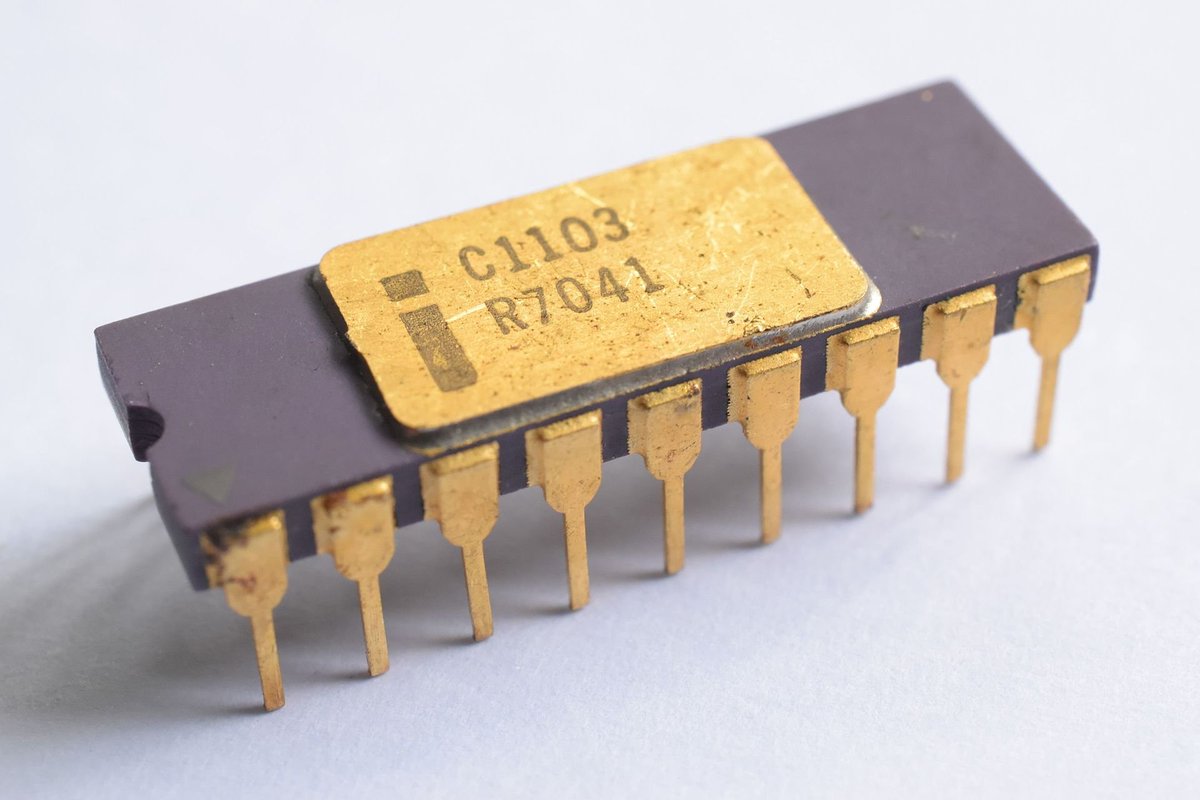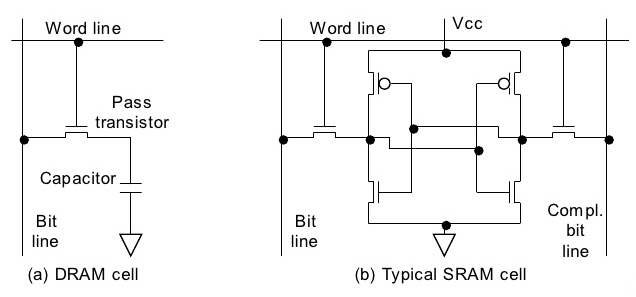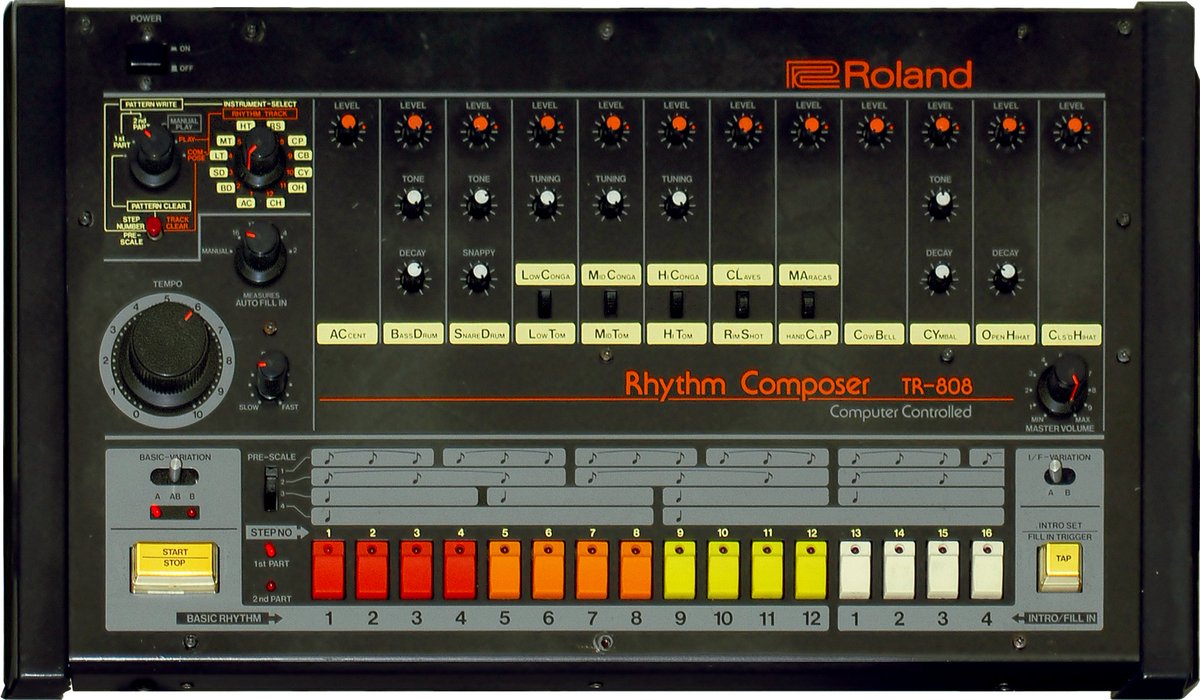
it has a Video Toaster Flyer inside, but the cables are a huge mess. also they seem to require an external drive enclosure. 

here we go! i crimped up a short little IDE cable because, conveniently, the motherboard connector lines up just right. 

see this is great: no ugly front panel hacks, no ugly gotek, no ugly 3d-printed faceplaces. just this unobtrusive SD card slot in the back of the machine. 

i need the space where the original hard drives went because i have to install these two SCSI-3 drives for the Toaster Flyer. yes, made up some custom crimped SCSI cables too. as a bonus, there's still space if i want to install a 3rd drive for the Flyer's port 3 (audio drive) 

hmm, guru 0x8000000x is apparently a memory error and can be due to data getting corrupted off the disk.
i'm going to try setting the "Mask" value in HDToolBox to 0x1FE00 instead of...whatever it was before. lots of Fs or something. 

quick update: turns out it is the max_transfer that should be 0x1fe00. max_transfer sets the maximum single transfer size to 255 sectors (0x1fe00 = 255 * 512).
the mask parameter, on the other hand, sets the allowable addresses for DMA. my mistake previously forced DMA transfers to be less than 255 sectors which "solved" the problem--but made reads and writes really slow.
apparently the mask value of 0x1fe00 is wrong and forces DMA transfers to happen in chip memory which makes transfers really slow.
• • •
Missing some Tweet in this thread? You can try to
force a refresh






















